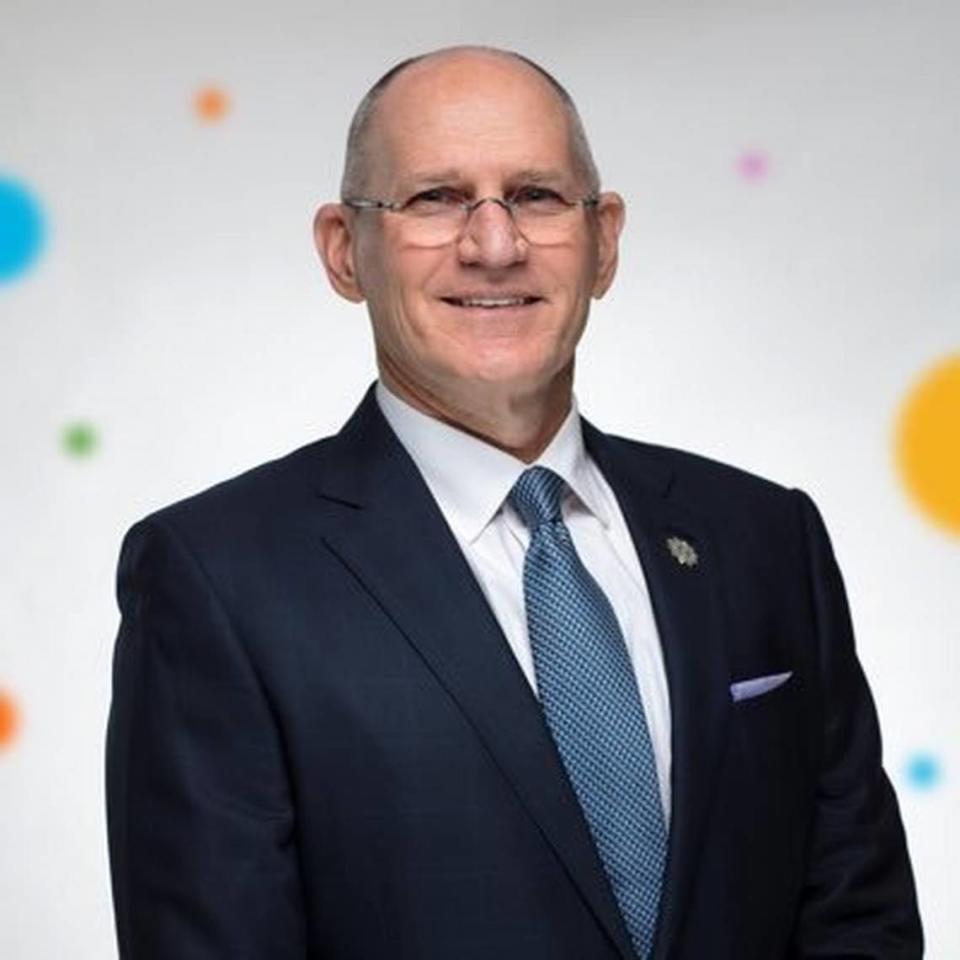Brightline chief asks Congress to ease barriers to U.S. high-speed rail expansion
New Brightline Holdings CEO Mike Reininger asked Congress Thursday to ease barriers to expanding high-speed rail in the U.S., as the privately owned train company seeks to grow its national footprint beyond South Florida.
In remarks prepared for the House Subcommittee on Railroads, Pipelines, and Hazardous Materials, Reininger, named CEO in March, said Congress could spur investment in rail through measures including expanding access to capital and speeding the regulatory approval process for new projects.
“High speed rail benefits will come in many forms including improved public safety, enhanced environmental sustainability, valuable contributions to equitable access for under-served communities, and significant economic benefits across the spectrum,” Reininger said.
Reininger previously served as Brightline’s president and chief development officer from 2012 to 2018.
The House subcommittee sought comment from top rail officials like Reininger on ways to re-energize long-held ambitions to increase passenger rail in the country. President Joe Biden has earmarked $80 billion to expand rail programs.
Reininger said Congress should consider increasing a cap on the ability of entities like Brightline to borrow under what is known as private activity bonds, which grant lenders tax-exempt status. Brightline financed its South Florida rail project in part through those bonds, but current rules set the limit for the total amount that can be borrowed through those bonds at $15 billion.

Reininger suggested that level should at a minimum be doubled.
He also said Congress must make better use of its Railroad Rehabilitation & Improvement Financing (RRIF) loan program, which offers direct loans for up to 100% of a railroad project with repayment periods of up to 35 years, with no pre-payment penalty, and interest rates equal to the cost of borrowing to the government.
But over the past 20 years, Washington has earmarked just $6.2 billion for RRIF programs — none of which has gone to high-speed rail. Reininger recommended making projects with riskier credit profiles eligible for congressional grant programs. Such grants could in turn be used to offset the up-front cost of RRIF financing.
“Our view is that facilitating a loan that ultimately returns principal and interest to the government and lowers the burden of taxpayers by providing a mix of a grant and loan, is a more efficient way to affect the desired results and benefits of these projects,” Reininger said.
In addition to its more than $4 billion Florida route, Brightline is also readying a project that would connect Las Vegas with Southern California, at about the same cost. Brightline suspended service on its existing South Florida route in March 2020 as the pandemic bore down, laying off 250 workers in the process.
In its most recent financial filing, Brightline said it had $7.5 million in revenues for 2020, compared with $22.1 million in 2019. It said that while it currently did not have the cash necessary to repay its current obligations, it would probably complete at least one more capital raise through a new debt offering, and obtain extensions on its debt payments.
After seeing the value of its debt dip amid the pandemic, Brightline’s bonds are now trading at or above par value, according to Municipal Securities Rulemaking Board data.

